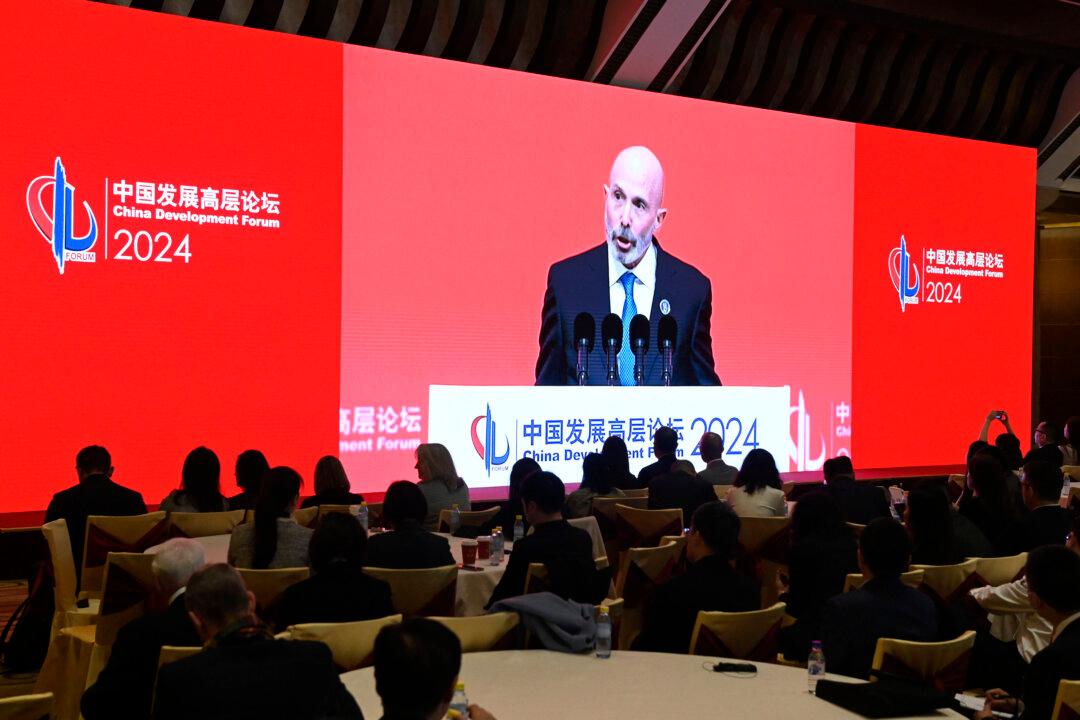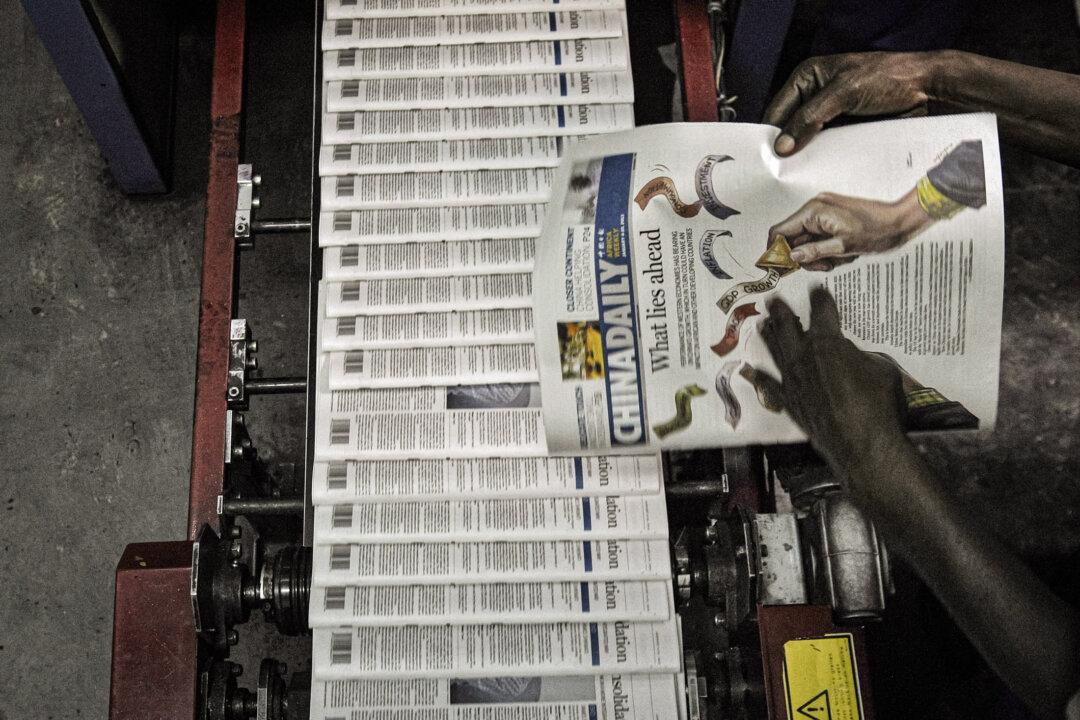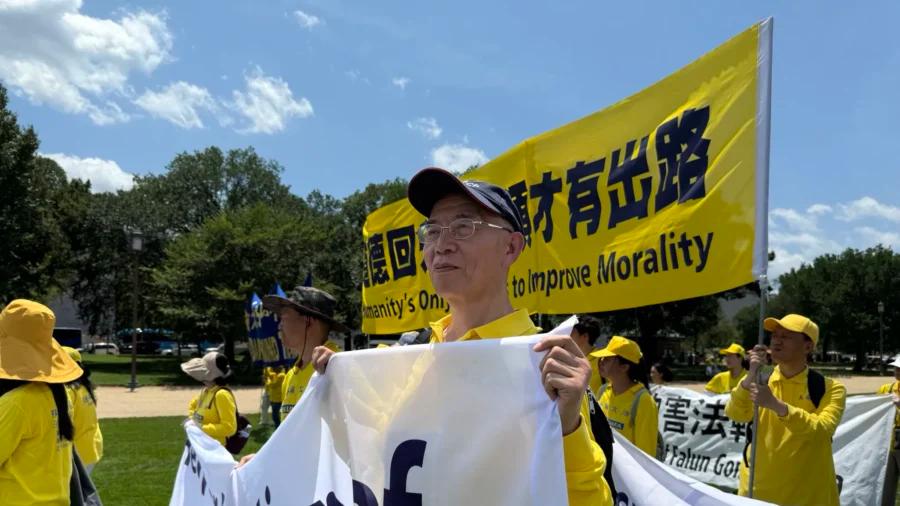China could use the South China Sea to gauge the U.S. response to its allies as the communist regime extends its military expansion in the waterway, which is vital to the global economy, according to experts.
Tension in the South China Sea simmers after multiple confrontations between ships from China and the Philippines in the vital waterway in recent months.





